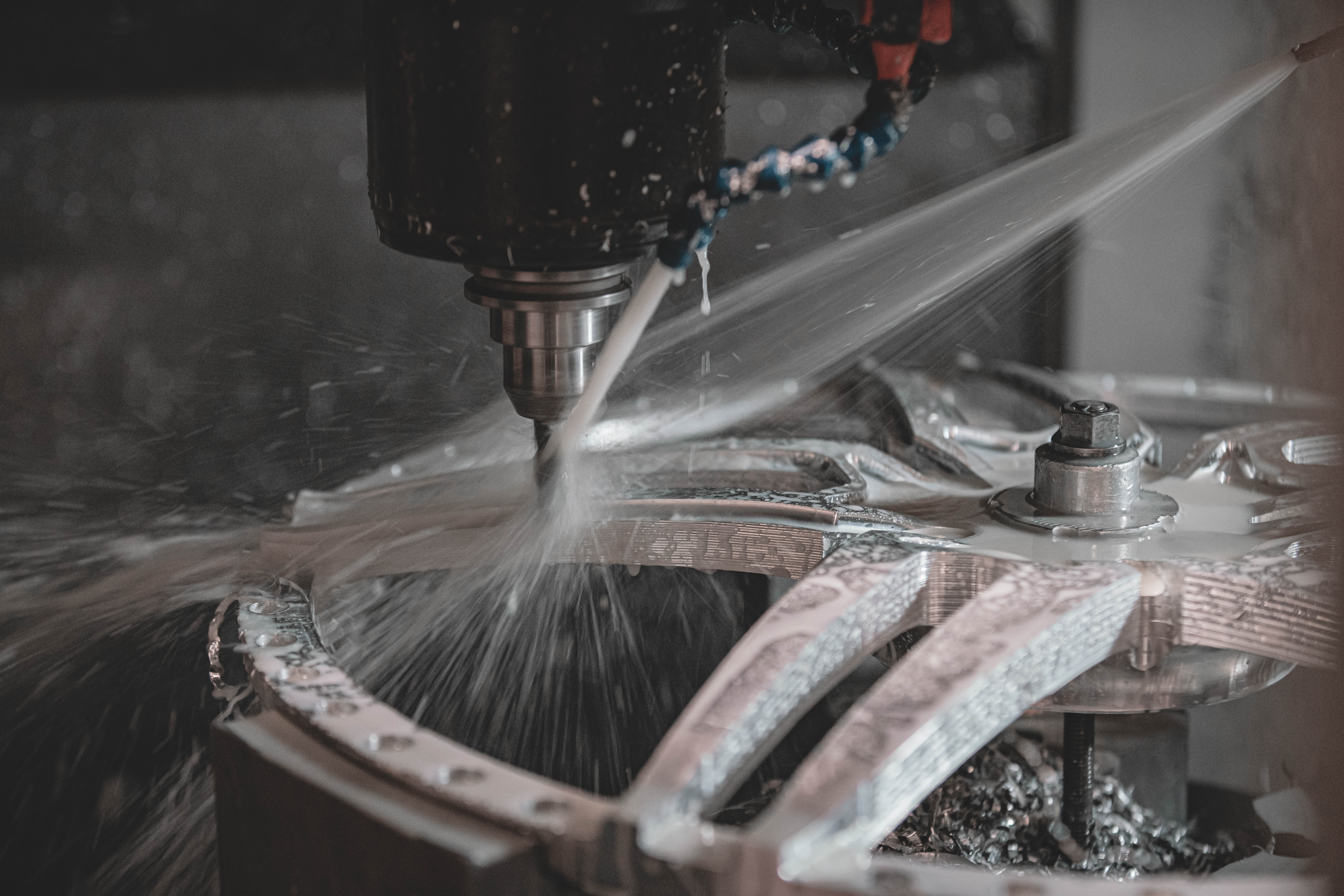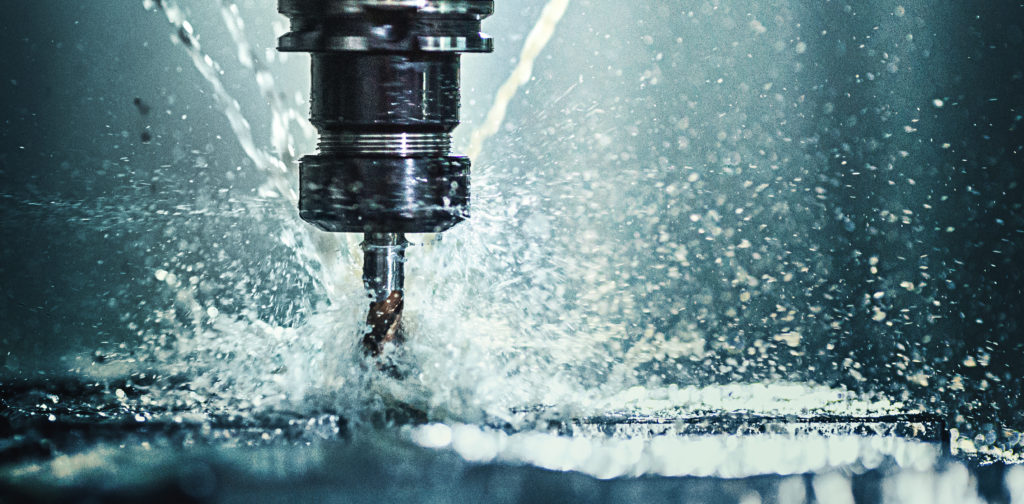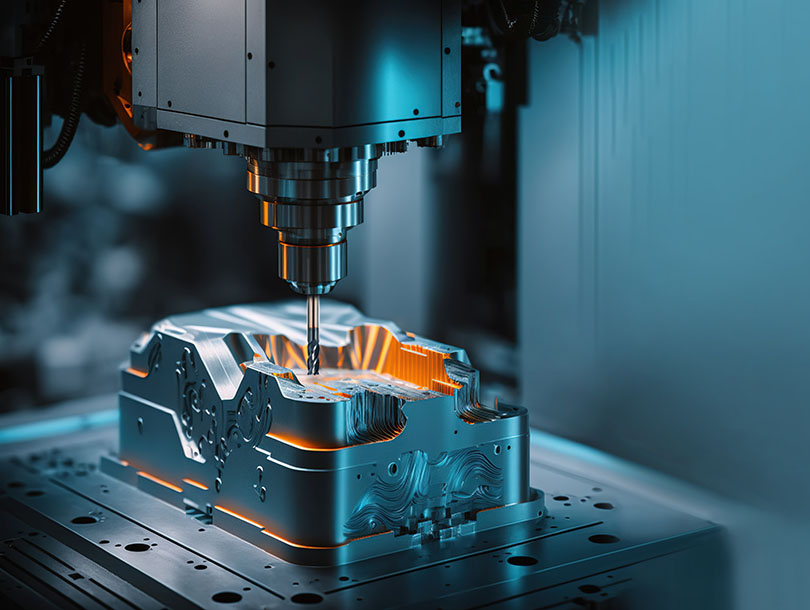The Function of Fasteners and Machining in High-Quality Product Layout
The Function of Fasteners and Machining in High-Quality Product Layout
Blog Article
Unveiling the Details of Bolts and Machining Processes for Ideal Performance
In the world of engineering and production, the selection of bolts and the complexities of machining procedures play a critical role in determining the supreme efficiency and toughness of an item. From the relatively simple task of choosing the right sort of bolt to the complex accuracy machining strategies utilized, every step in this procedure demands precise interest to detail. As we get started on this expedition right into the world of fasteners and machining, we will certainly reveal the subtle yet critical aspects that can significantly affect the performance and top quality of the end product, dropping light on the often ignored elements that can make all the distinction in attaining ideal efficiency.

Importance of Appropriate Fastener Selection
Picking the suitable bolts is vital in ensuring the architectural stability and longevity of any kind of mechanical setting up. Fasteners play an essential function in holding elements with each other firmly, with the best choice contributing significantly to the overall performance and reliability of the assembly. When choosing fasteners, aspects such as product compatibility, environmental problems, load-bearing ability, and convenience of installment have to be meticulously taken into consideration to ensure ideal performance.
Improper fastener selection can bring about a variety of issues, including helping to loosen, corrosion, and even structural failing. Making use of fasteners that are not fit to the particular requirements of the setting up can compromise its functionality and position security dangers. For that reason, engineers and developers have to thoroughly evaluate the application needs and pick bolts that meet or exceed the required criteria and requirements.
Furthermore, the correct fastener option procedure entails assessing the joint design, anticipated lots, vibration degrees, and potential thermal growth or tightening to guarantee that the selected fasteners can hold up against the operating conditions properly. By prioritizing proper fastener option, suppliers can improve the quality, toughness, and performance of their mechanical assemblies.
Kinds and Attributes of Fasteners
A necessary aspect of mechanical settings up lies in recognizing the varied types and distinct attributes of bolts made use of in various commercial applications. Bolts are crucial components that hold structures together, ensuring security and capability. There is a large range of bolts readily available, each developed for particular objectives based on the application needs. Usual kinds of bolts include screws, bolts, nuts, pins, washers, and rivets.
Screws are threaded bolts that are generally made use of to join two or more elements together. Nuts are inside threaded bolts that mate with screws to hold parts with each other. Washing machines are thin plates that disperse the tons of a bolt, protecting against damages to the product being fastened.
Recognizing the features of each kind of bolt is vital for choosing the appropriate one for a certain application, ensuring ideal efficiency and dependability of the mechanical assembly. Fasteners and Machining.
Precision Machining Techniques for Efficiency
The elaborate layout needs of numerous bolts require using accuracy machining techniques for optimal effectiveness in producing procedures. One of the key strategies made use of in precision machining is Computer Numerical Control (CNC) machining, which makes it possible for high degrees of accuracy and repeatability in the manufacturing of bolts.
By making use of precision machining techniques, producers can look at here now enhance the top quality of fasteners, decrease product waste, and improve total production performance. The usage of innovative machining processes assists make sure that bolts meet market criteria and consumer expectations for performance and integrity.

Elements Influencing Machining Process Efficiency
Numerous variables play a significant duty in figuring out the efficiency of machining procedures in the manufacturing of fasteners. The very first essential element is the choice of cutting tools. Selecting the proper tools based on the product being machined, wanted surface, and reducing rates can greatly impact the efficiency and high quality of the machining procedure. In addition, the cutting criteria such as reducing rate, feed rate, and deepness of cut are crucial variables that affect efficiency. Fasteners and Machining. Optimizing these parameters based on the particular needs of the fastener being generated is crucial to attaining cost-efficient and specific machining.
Maker rigidity and stability also play an essential role in determining machining process performance. A stable device with very little vibrations can improve accuracy and protect against tool wear, resulting in better overall efficiency. Furthermore, the ability and experience of the device operator can not be ignored. An experienced operator can make real-time adjustments, troubleshoot concerns effectively, and ensure that the machining process runs smoothly, eventually impacting the last quality of the fastener.

Quality Assurance Actions in Production
Elements influencing machining procedure efficiency, such as cutting device choice and machine stability, directly effect the application of quality assurance measures in manufacturing. Quality assurance procedures are essential in ensuring that products satisfy the needed requirements and specifications. In the production procedure, numerous strategies are utilized to preserve high quality requirements. Examination and screening play an essential role in recognizing any kind of inconsistencies from the desired end result. Routine upkeep of machining equipment is also essential to maintain quality assurance. Calibration of tools and devices is needed to make certain precise and accurate manufacturing processes. In addition, applying standard operating procedures and methods can help in maintaining consistency and top quality throughout the manufacturing line. Quality assurance measures not only focus on completion item however additionally on every stage of the production procedure to avoid flaws and mistakes. By adhering to stringent quality control actions, suppliers can enhance client fulfillment, construct a reputation for integrity, and inevitably accomplish optimal efficiency in their machining procedures.
Final Thought
To conclude, picking the appropriate see here fasteners and utilizing precision machining techniques are essential for optimal efficiency in manufacturing processes. Understanding the types and qualities of fasteners, together with variables affecting machining process performance, can result in improved efficiency and quality control measures. By paying focus to these complexities, suppliers can attain you could check here greater levels of efficiency and integrity in their items.
In the realm of design and production, the option of fasteners and the intricacies of machining processes play a critical function in figuring out the utmost efficiency and resilience of an item (Fasteners and Machining). One of the main techniques used in accuracy machining is Computer Numerical Control (CNC) machining, which makes it possible for high degrees of accuracy and repeatability in the production of fasteners. The usage of sophisticated machining procedures aids guarantee that bolts meet sector requirements and customer assumptions for efficiency and integrity
In final thought, picking the right fasteners and making use of accuracy machining methods are important for optimum performance in producing processes. Recognizing the types and features of fasteners, along with factors affecting machining procedure efficiency, can lead to boosted performance and quality control steps.
Report this page